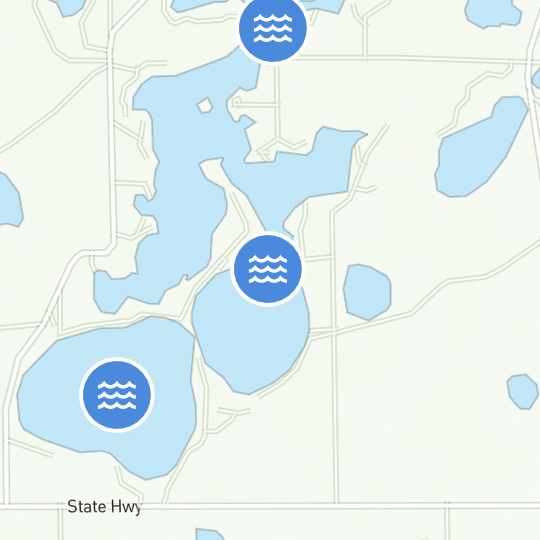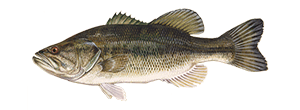How to Fish a Spoon
Fishing spoons are among the most popular lures and are easy to use. Learning how to fish with a spoon is a great way to practice casting and retrieving, jigging, and other fishing techniques.
How To Fish A Spoon: Basics
Fishing spoons have a simple design, an oblong shape, concave on one side that catches water producing a wobble and light reflection flash imitating a fleeing or crippled bait fish. Spoons work best for larger fish species such as northern pike, largemouth bass, muskies, walleye, salmon and trout.
The action of the spoon is based on its shape and thickness. A long spoon will display a wider side to side wobble than a shorter spoon. A deep concave spoon will also produce a wider wobble that a flatter spoon.
How To Fish A Spoon: Types
The variety of spoon fishing lures is quite extensive. Some fishing spoons are thin and light, others are thick and heavy. Different fishing spoons have different actions. How and where you’re fishing will determine the spoon fishing setup you should use.
Casting spoons
The basic technique when fishing with spoons is to cast it out and reel it back. A steady retrieve is usually best. If fish are curious but not striking, try slight variations in the speed or direction of your spoon.
Trolling spoons
Thinner and lighter than casting spoons so they can be trolled slowly. Typically used with depth control rig for open water species like trout, salmon or walleye. Can also be tied onto a rig with a diving crankbait and trolled on a long line to go after species near the bottom.
Topwater/Surface spoons
Great for predators like bass, musky and pike that tend to hide in thick underwater cover. Cast over the cover, start retrieving and reel just fast enough to keep the lure on the surface.
Weedless spoons
A great choice for fishing directly in the thick cover where predators hide. Most are equipped with wire guards designed to prevent snags and can accommodate a variety of retrieve methods, like twitching and pausing to allow the spoon to settle into open holes or even the basic technique used with traditional casting spoons.
Jigging spoons
Great for predators typically found on deep structure. Let the spoon freefall down. When it hits bottom, take up slack line until the rod tip is a foot above the water, then work the spoon with short jerks up and down. Usually, strikes occur when the spoon is falling, so be ready.
When it comes to saltwater fishing spoons, many anglers insist on adding gold spoons to their tackle boxes. Like the spoons noted above, there are several types of gold spoons to choose from, including weedless, trolling and casting spoons.
Learn more about fishing rods, fishing lines, fishing reels, and other tackle in our Fishing Gear and Tackle section.
KEEP LEARNING

How to Tie the Non-Slip Loop Knot
The non-slip loop knot is a popular and reliable choice for securing hooks, lures, and other tackle to your fishing line.
LEARN MORE

Socials
Take me fishing social media links
LEARN MORE

TakeMeFishing x Teen Vogue
Join us on a creative journey as fashion designer Ahmrii Johnson walks us through her collaborative vision and process with Teen Vogue and fashion brand, Rentrayage, to create a special piece.
LEARN MORE


.png?lang=en-US&ext=.png)